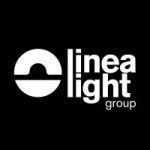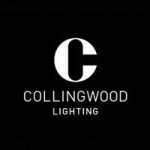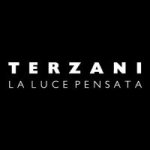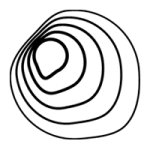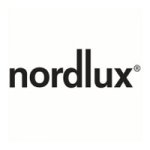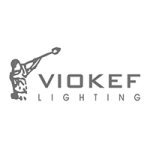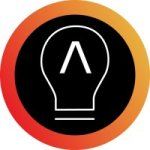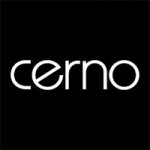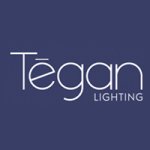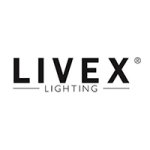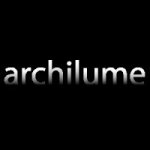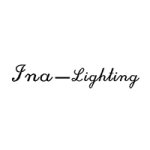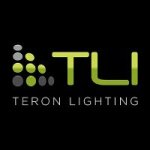Table of Contents Hide
-
1
What Is Good Interior Lighting
- 1.1 Task visibility
- 1.2 Visual comfort
- 1.3 Mood and atmosphere
- 1.4 Health and well-being
- 1.5 Photobiological safety
- 1.6 Aesthetic judgement
- 1.7 Sustainability
- 2 Interior Lighting Desgn
- 3 Types of Interior Light Fixtures
- 4 Luminaire System Classifications
- 5 Lighting Technology
- 6 How Do LED Lighting Systems Work
-
7
What Is a Good LED Light Fixture
- 7.1 Driver reliability
- 7.2 Electrical safety
- 7.3 Light flicker
- 7.4 Dimming performance
- 7.5 Heat sink
- 7.6 Color rendering
- 7.7 Color temperature
- 8 Efficacy Shouldn't Be an Excuse for Sacrificing the Quality of Light
- 9 Integrated LED Luminaires or Lamp-based LED luminaires
- 10 Human Centric Lighting
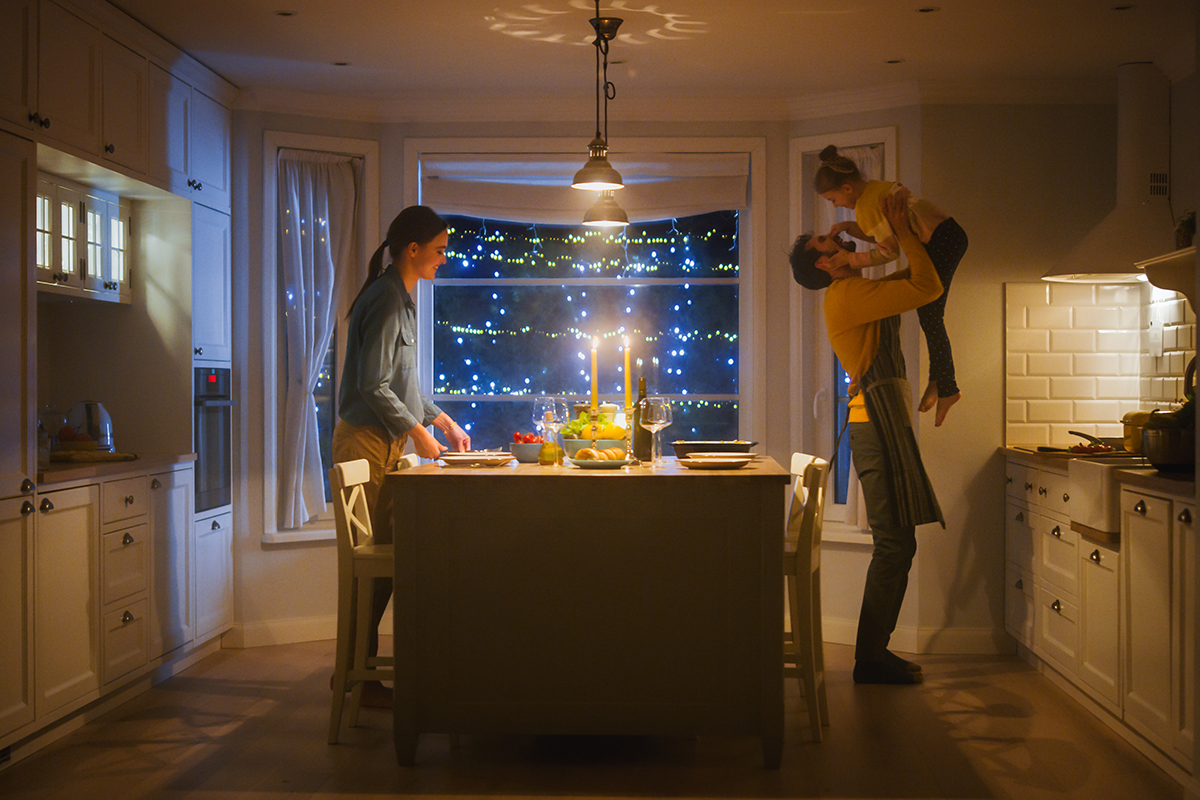
Home is a place of love and happiness where we are nourished, in body and soul. Home is a place of refuge and peace where we retreat from the chaos of the outside world to recharge and relax. Home is a place of positive energy, faith and hope where we juggle with life challenges by support of our loved ones. The role of interior design in creating a heavenly home is well understood by architectural professionals and the general public. Undeniably lighting is one of the essential components of interior design because it has profound visual, emotional and biological effects on people in a space. However, the significance of lighting is often overlooked in the residential market. The majority of consumers are uneducated. More often than not, a light fixture is chosen simply because it looks attractive. Other more critical considerations, e.g. the luminaire characteristics, photometric performance, light quality, photobiological safety and system life, are often ignored.
What Is Good Interior Lighting
Every day after sunset, our relationship to our surroundings is influenced by the ability of electric lighting to create visual conditions that support optimal visual performance, produce positive effects on the human health and well-being, and satisfy the emotional and physiological needs of humans. Quality lighting contributes to improved quality of life by enhancing our ability to see, interpret, and interact with the world around us. Interior lighting design demands thoughtful attention to the various human needs which including task visibility, visual comfort, mood and atmosphere, photobiological safety, social communication, aesthetic judgement, health and well-being, and sustainability.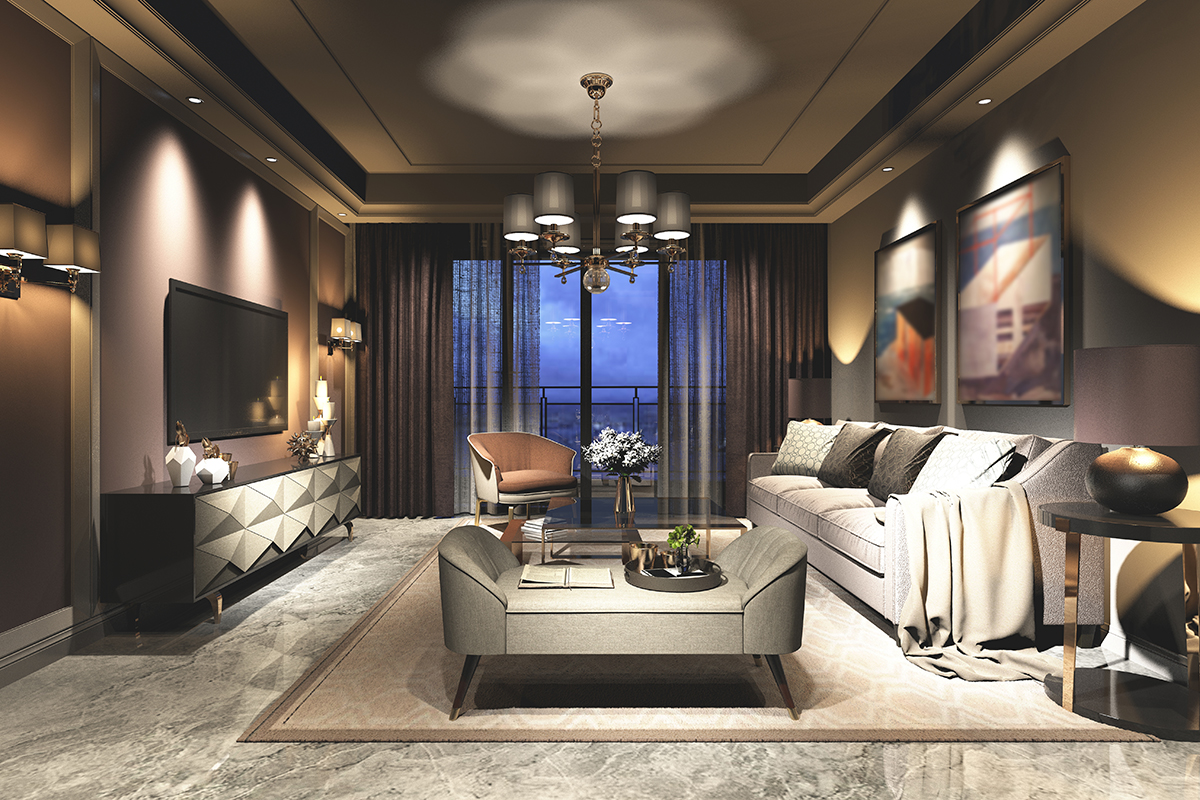
Task visibility
At its most basic, interior lighting should fulfil the innate need of room occupants to quickly assess surroundings. Visibility is the degree to which an object has a contrast greater than threshold. Task visibility is determined by a group of interdependent factors that include contrast (luminance and/or chromatic difference), illuminance (the amount of light that reaches the intended task), object color and size, the amount of time allocated to perform a task, and the age of the viewer. A primary object of lighting is to provide proper quantity, quality, and direction of the illumination for people to see and perform visual tasks, and to make navigating at night easier.Visual comfort
Satisfaction with lighting is one component of overall environmental satisfaction in residences. Good lighting can create a sense of comfort. Lighting conditions that cause visual discomfort involve either the presence of an excessive range of luminance in the field of view, which results in glare, or the cyclic variation in light output at an unacceptable amplitude, which is referred as flicker. Task performance, mood and atmosphere, health and safety can be negatively affected by glare and flicker. Exposure to luminance which is excessively high in relation to the state of adaptation may lead to disability glare or discomfort glare. Glare is a major concern in residential spaces where people spend a lot of time. Disability glare causes a reduction in visual capabilities. Discomfort glare creates a sensation between "just comfortable" and extremely uncomfortable". This sensation may be irritation or pain. Flicker refers to visible or invisible periodic or irregular changes in source luminance. Flicker may result in fatigue, eyestrain and blurred vision. In some populations, flicker can trigger symptoms such as headaches, migraine and photosensitive epilepsy.Mood and atmosphere
Lighting can be used to create welcoming, emotionally supportive environments. The color appearance of a light source is often referred to as being "warm", "neutral", or "cool". Warm white light has a reddish tone, while cool white light appears bluish. The tone of white light can be characterized using a metric called correlated color temperature (CCT). The lower the CCT, the warmer the cast of white light; the higher the CCT, the cooler the light source appears. The CCT of warm white light is usually within the range of 2700 K to 3300 K. The color appearance of a light source has a direct impact on many aspects of human experience, including relaxation, stimulation, concentration, alertness, and preference. White light with a CCT above 4100 K is referred to have a "cool white" appearance. Heavily laden with red and orange wavelengths, warm white light imparts a feeling of comfort, coziness and relaxation to a space. Warm white light sources are therefore more commonly used in residential applications where an inviting, intimate and cozy atmosphere needs to be created. Cool white light, on the other hand, makes people feel cold and a room appear more spacious. Because it discourages relaxation and deprives a space of warmth and intimacy, cool white light is generally a rare choice for residential settings.Health and well-being
Light entering the eye not only provides visual sensation, but also influences neuroendocrine, and neurobehavioral regulation in humans. The human biological clock is regulated by suprachiasmatic nucleus (SCN) located in the hypothalamus of the brain. The SCN responds to light and dark signals a group of cells retinal cells called intrinsically sensitive retinal ganglion cells (ipRGCs). The ipRGC photoreceptor transduces light neural signals for the SCN, which in turn synchronizes its peripheral clocks by regulating the release of endrocine hormones, such as melatonin and cortisol. Our master biological clock evolved to keep track of with the 24-hour light-dark cycle of the solar day. Exposure to ample short-wavelength visible light may cause ipRGC photoreceptor to be at its highest sensitivity which simulates a daytime physiological response and maintains melatonin suppression. Such exposure in the evening and during the night, however, will cause disruption to the body's circadian system because it acutely suppresses melatonin production. Melatonin promotes restorative sleep and supports essential regeneration in the body. Suppressed melatonin production affects cell metabolism and proliferation, and has been linked to increased cancer risks due to impaired functioning of the immune system. Residential lighting should not leave people exposed to high CCT light or cool white light which contains a large percentage of blue wavelengths in its spectrum. A warm white light source (2700 K to 3300 K) should be considered for evening activities because it has a spectrum that will help adjust the resident's biological clock to be ready for sleep and melatonin production.Photobiological safety
The composition of light is associated with photobiological hazards as well. Photobiological hazards relate to undesired effects of optical radiations on the skin and eyes. Photobiological hazards include damage to the skin and eyes due to ultraviolet (UV) radiation, thermal damage to the skin and eyes due to infrared (IR) radiation, and retinal blue light hazard from radiation exposure at wavelengths primarily between 400 nm and 500 nm. Halogen and incandescent lamps radiate a large amount of infrared energy. All traditional light sources produce a varied amount of UV emissions. LEDs, which have become the mainstream light source for general illumination, emit zero IR radiation and a negligible amount of UV light. Light fixtures using LEDs, therefore, are more photobiologically safe than traditional fixtures. The primary concern with LED lighting is the blue light hazard because blue-pump LEDs can be easily misinterpreted as suggesting an unusually high blue light content. In fact, the blue light content of LEDs is typically the same as other light sources having the same CCT. The higher the CCT, the higher the amount of blue emissions in all type of light sources. And again, high CCT light sources should not be considered for residential applications because they simply poses more blue light hazard. While photobiological hazards are rarely present in general lighting applications, particular caution should be exercised to prevent high intensity light from reaching the eyes of infants who have not yet developed aversion responses.Aesthetic judgement
Good lighting allows visual information to be clearly illuminated and leads the eye effortlessly to all intended focal attractions. The resulting look encourages a positive aesthetic judgement. Lighting can be a strong contributor to the visual appeal in the home. It can be used to enhance the aesthetic composition of a room by providing a spectrum of light that allows the human eye to perceive vivid and pleasing colors. Flattering light that makes skin tones appear more healthy and attractive is particularly important for social communication when people speak to each other face-to-face. Lighting can also tie the aesthetics of interior decor together and reinforce the rhythmic patterns of architecture.Sustainability
Good lighting should be provided at the lowest TCO (total cost of ownership) possible and with the minimal environmental footprint. Sustainable lighting begins with the use of energy efficient light sources. However, it is not only the light source of a lighting system that makes the difference, it is also how all the components of a lighting system interact with each other and how the system interacts with the space and its users. In a nutshell, sustainable lighting has four dimensions: high efficiency operation, energy-effective lighting, good controllability, and high reliability. High efficiency operation relates to high wall-plug efficiency (WPE) lighting. Energy-effective lighting provides desired quantity and quality of illumination. A lighting solution with good controllability can provide a higher level of energy effectiveness and support flexibility use of a space by delivering the right amount of light when it is needed. Nothing lasts forever, but the high reliability design of a lighting system translates to a long operational life that gives people peace of mind and significantly drives down the life cycle cost.Interior Lighting Desgn
A light fixture is designed and constructed to aesthetically modify the appearance of light sources and to control the distribution of luminous flux from the light source in order to meet the desired photometric specification. In residential lighting applications, the fixture itself serves as a part of the decor of the environment. The quantity and quality of illumination, the impression a light fixture creates about a space and the aesthetic effect it has on the appearance of the space are all factors in a successful lighting design. Lighting designers often incorporate layers of lighting to maximize the livability and visual appeal of an interior space. Light fixtures are designed with the photometric performance, form factor, mounting method, luminaire appearance, architectural feature, lighting control, and size matched to the requirement of each light layer. Most residential lighting designs are comprised of these layers: ambient, task, accent, and decorative.Ambient lighting is the base layer which provide soft, general illumination in all directions. Often referred to as the "general" lighting, ambient lighting fills the room with uniform illuminance that allows easy, safe movement within the space. The ambience establishes the mood or atmosphere of an interior but will not provide much visual contrast. In some spaces of a house, ambient lighting is also used as the primary source of task lighting. A variety of light fixtures are available to provide ambient lighting. These fixtures include chandeliers, pendants, flush mount ceiling lights, and semi-flush mount ceiling lights, wall-mounted fixtures, recessed and track lights.
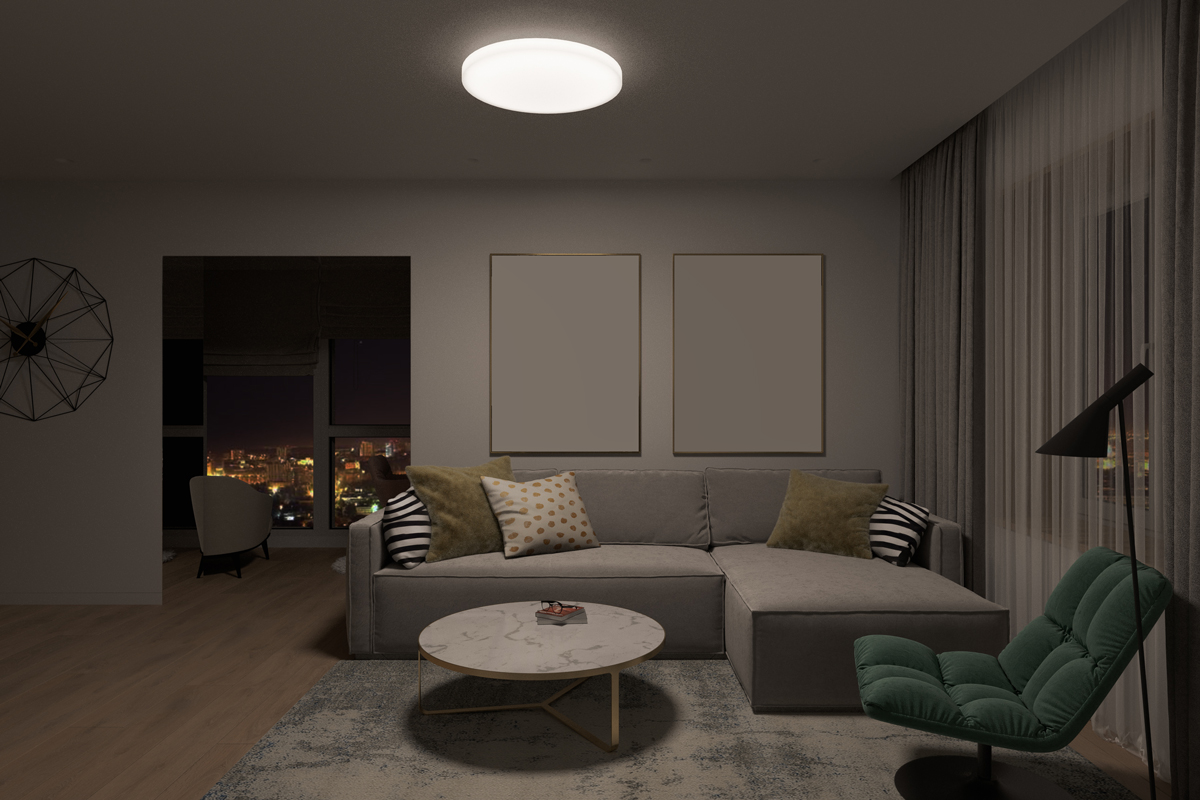
Task lighting providing a focused, localized pool of light for users to perform visual tasks. Task lighting is a fundamental component of a layered lighting design as it supports visual performance. Effective task lighting should deliver uniform light where it is needed, in a direction that does not produce glare. The amount of task illuminance and light distribution depend on the size and contrast of the task, and the visual age of the user. The visual task zone should have no greater than a 1.5:1 average-to-minimum illuminance ratio. When localized lighting is used, the ambient lighting should still provide an illuminance to avoid eye strain, fatigue, and discomfort due to the presence of too much luminance contrast between the task zone and the surroundings. The maximum luminance at the task zone should not exceed five times the surrounding luminance. Task lighting may be portable or mounted to architectural elements. It can be provided by floor lamps, table lamps, under-cabinet lights, pendant lights, recessed and track lights.

Accent lighting reinforces design aesthetics and creates visual interest. Accent lights direct concentrated beams to highlight and dramatize specific objects such as houseplants, paintings, sculptures, or attract attention to a part of the field of view. It adds depth, drama, contrast and creates a focal point through luminance contrast. The luminance for accentuation should be three times higher than the ambient illumination. Accent lighting can be provided by wall washers, floodlights and spotlights. These directional luminaires can appear as track, recessed or wall-mounted fixtures.
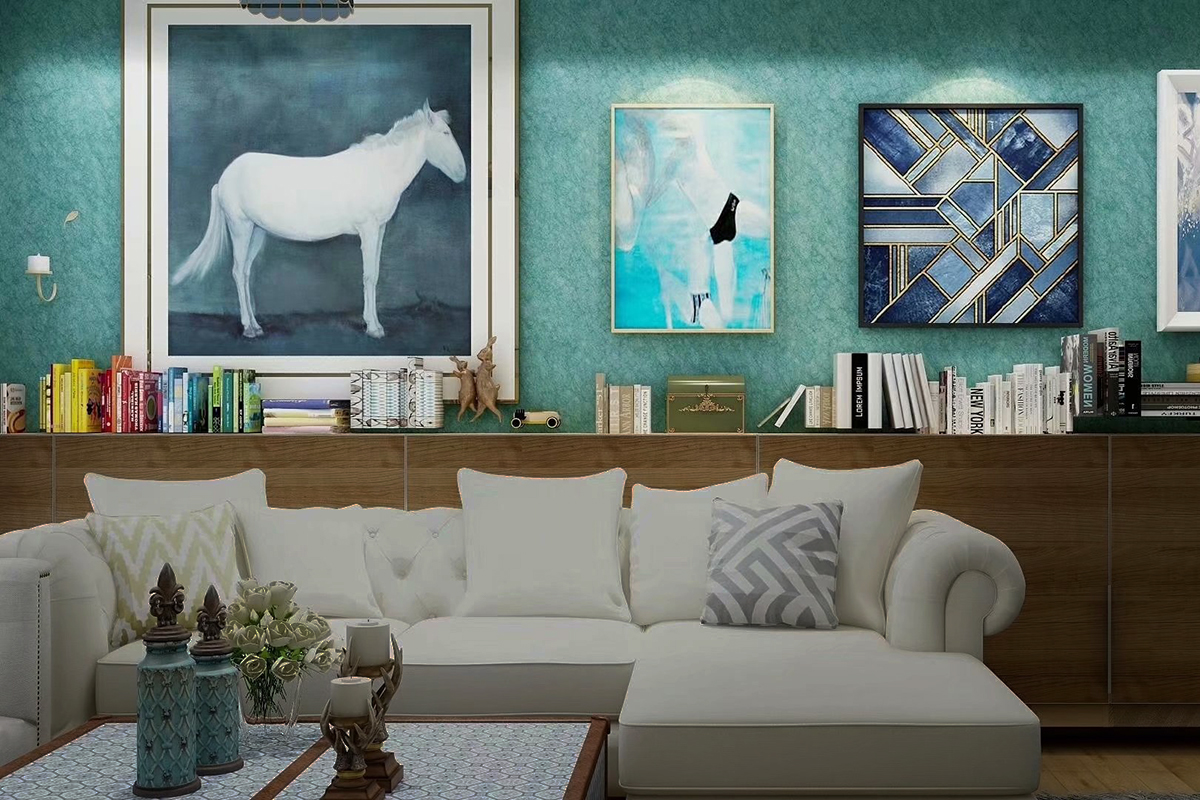
Decorative lighting may provide general or accent illumination in a space, but it is most often designed to be a focal point. Like jewelry in dress, lighting itself can be the jewelry of architecture. It can add sparkle, create visual depth, invite an intriguing sense of wonder, ignite the spirit of the space, or generate an atmosphere of pleasure and excitement. Decorative lighting has a style on its own and can lend that style to a space or reinforce the theme of the space. Decorative light fixtures include chandeliers, pendants, sconces, table and floor lamps.
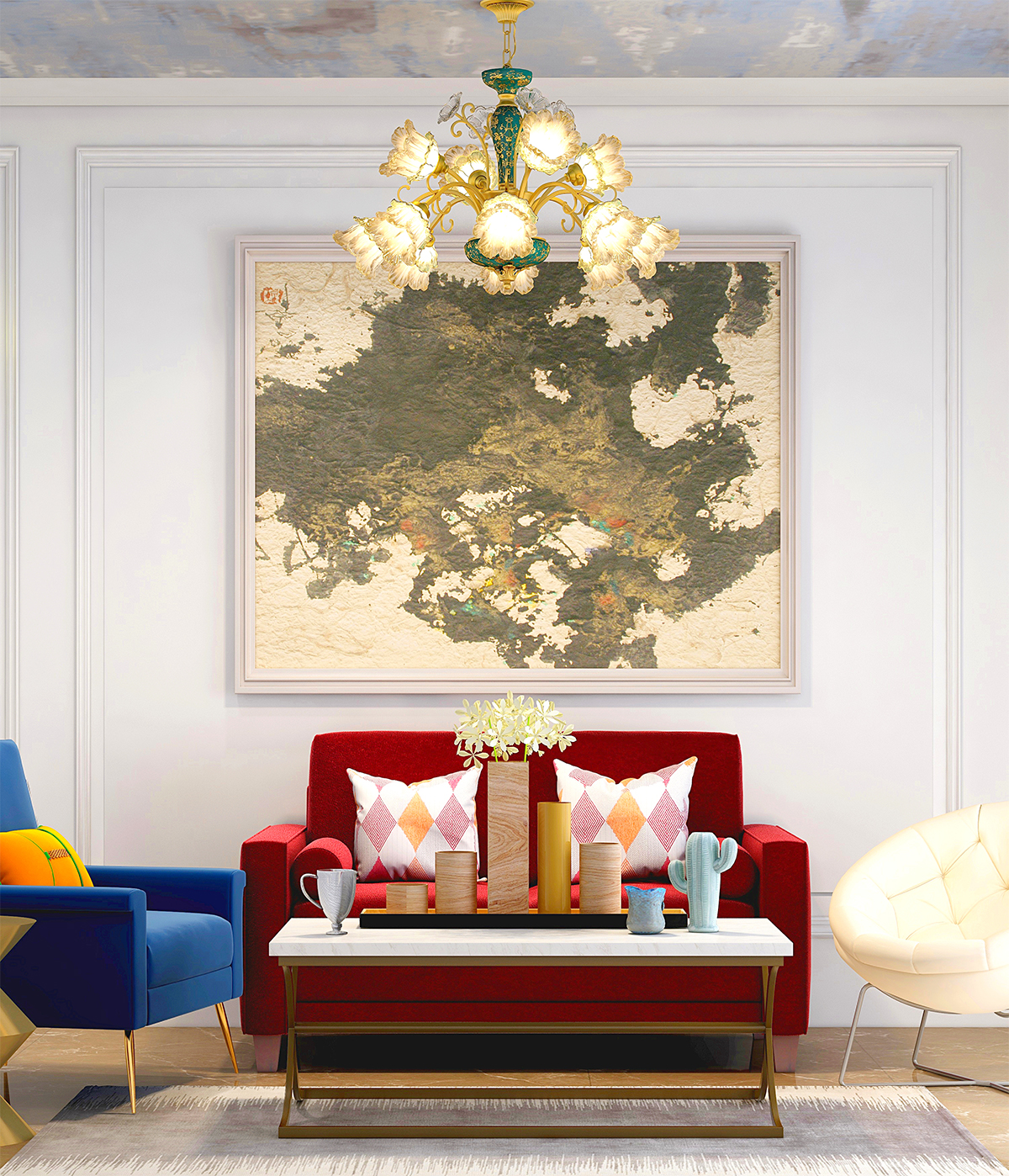
Types of Interior Light Fixtures
Flush mount ceiling lights are surface mounted fixtures that attach directly to the ceiling, with no gap between the ceiling surface and the fixture. Flush mount lights unobtrusively hug the ceiling, making them ideal for providing ambient lighting in spaces with low ceiling heights. Flush mount ceiling lights typically offer a casual, low-key aesthetic. Spaces that only accommodate one layer of lighting, such as kitchens, bathrooms, laundry rooms, closets and entryways, are well-served by flush mount fixtures. Although these types of lights rarely stand out as artistic centerpieces, there're tastefully designed flush mount fixtures that make a decorative contribution or evoke a space-inspired personality for living rooms, bedrooms, or hallways.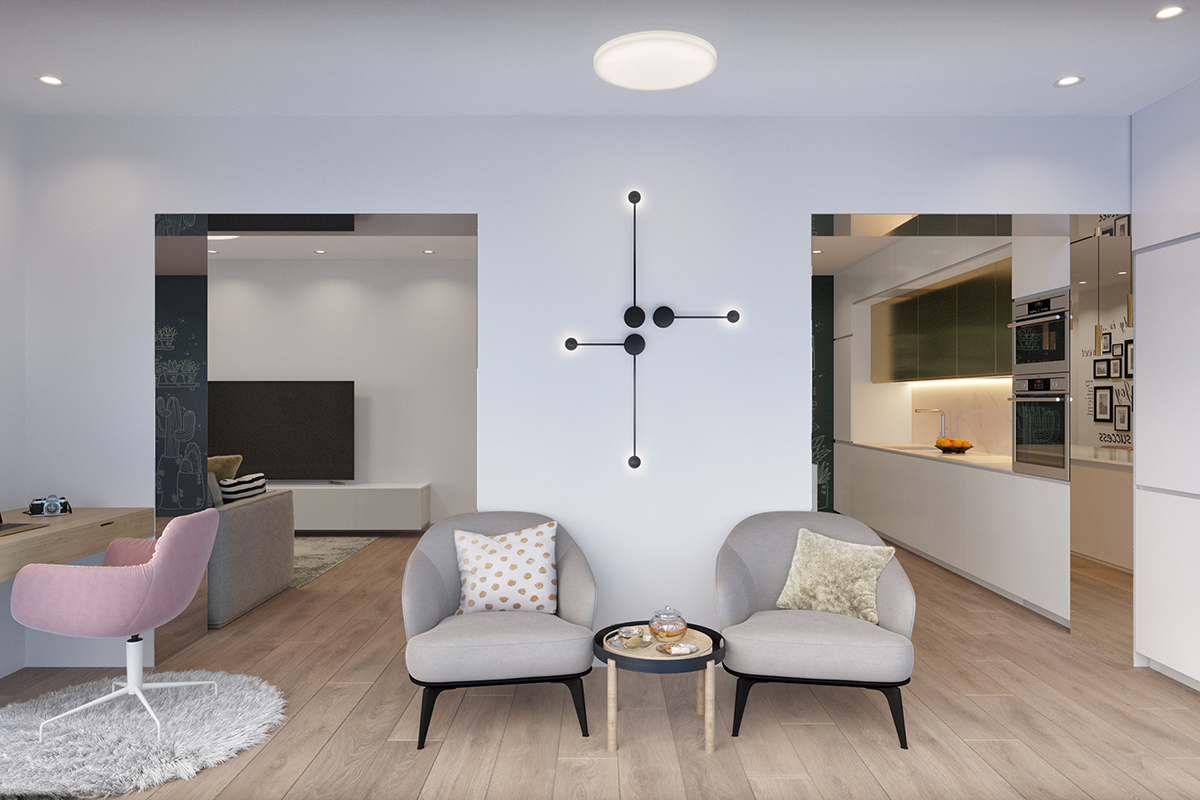
Semi-flush mount ceiling lights strike a nice balance between the decorative look of a low-hanging pendant and the compact functionality of a flush mount ceiling light. Hanging 4 to 8 inches down from the ceiling, semi-flush mount lights provide significantly more flexibility in fixture design and light distribution. Semi-flush mounts allow addition of an uplight component for a more balanced visual composition and inclusion of ornamental elements for a more exquisite styling, which is not possible with flush mounts. These types of lights do not consume vertical space as much as chandeliers and pendants. When height is limited and a visually intriguing light fixture is needed, semi-flush mount ceiling lights are the perfect candidates.
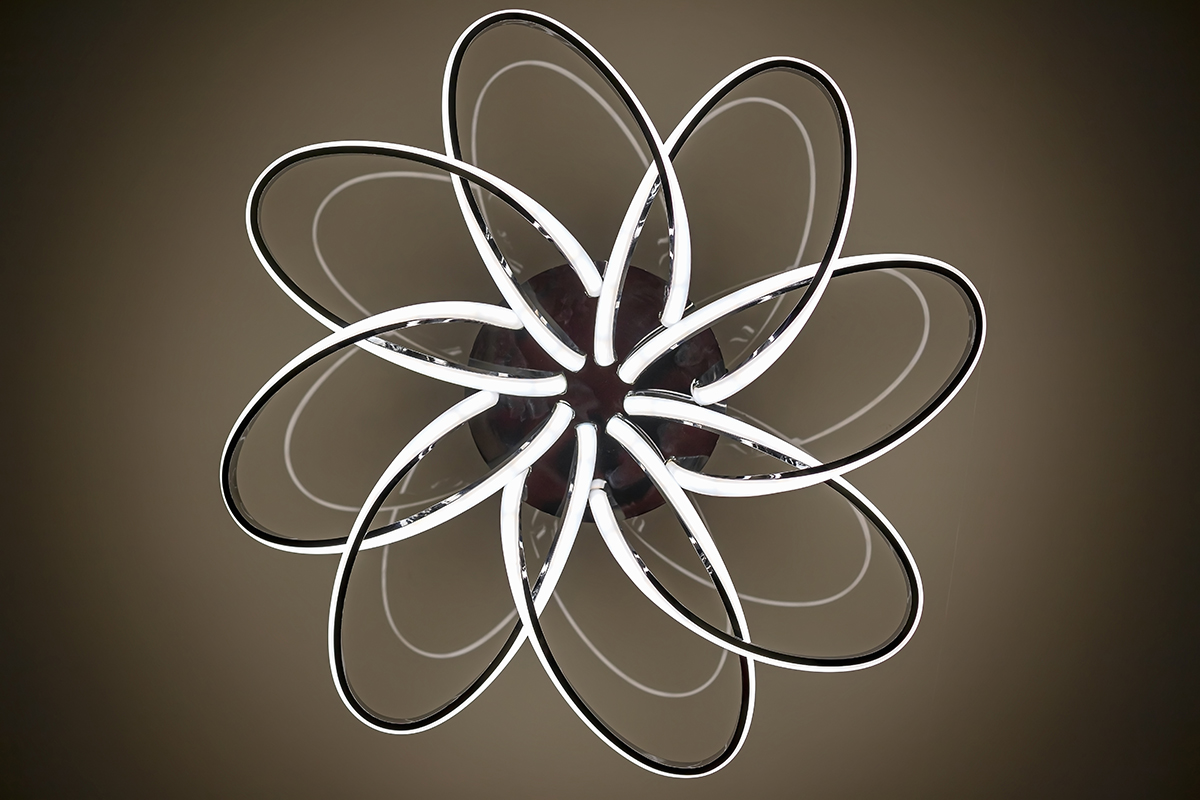
Pendant lights are suspended luminaires that can be both functional and decorative. Available in a plethora of styles and themes, and a variation of scales and configurations, pendant light fixtures are versatile enough for any home. They can provide direct or indirection illumination, or deliver light in a combination of uplighting and downlighting. They can provide a concentrated beam of light for task lighting or fill a room with diffused light for ambient lighting. Hung individually as a striking centerpiece or grouped to add dramatic visual impact to a space, pendant lights rarely fail to leave an impression. Delicately scaled, intricately designed pendant lights are wonderful additions to living rooms, bedrooms, and foyers, they also look fabulous over dining tables, kitchen islands, coffee tables, etc.
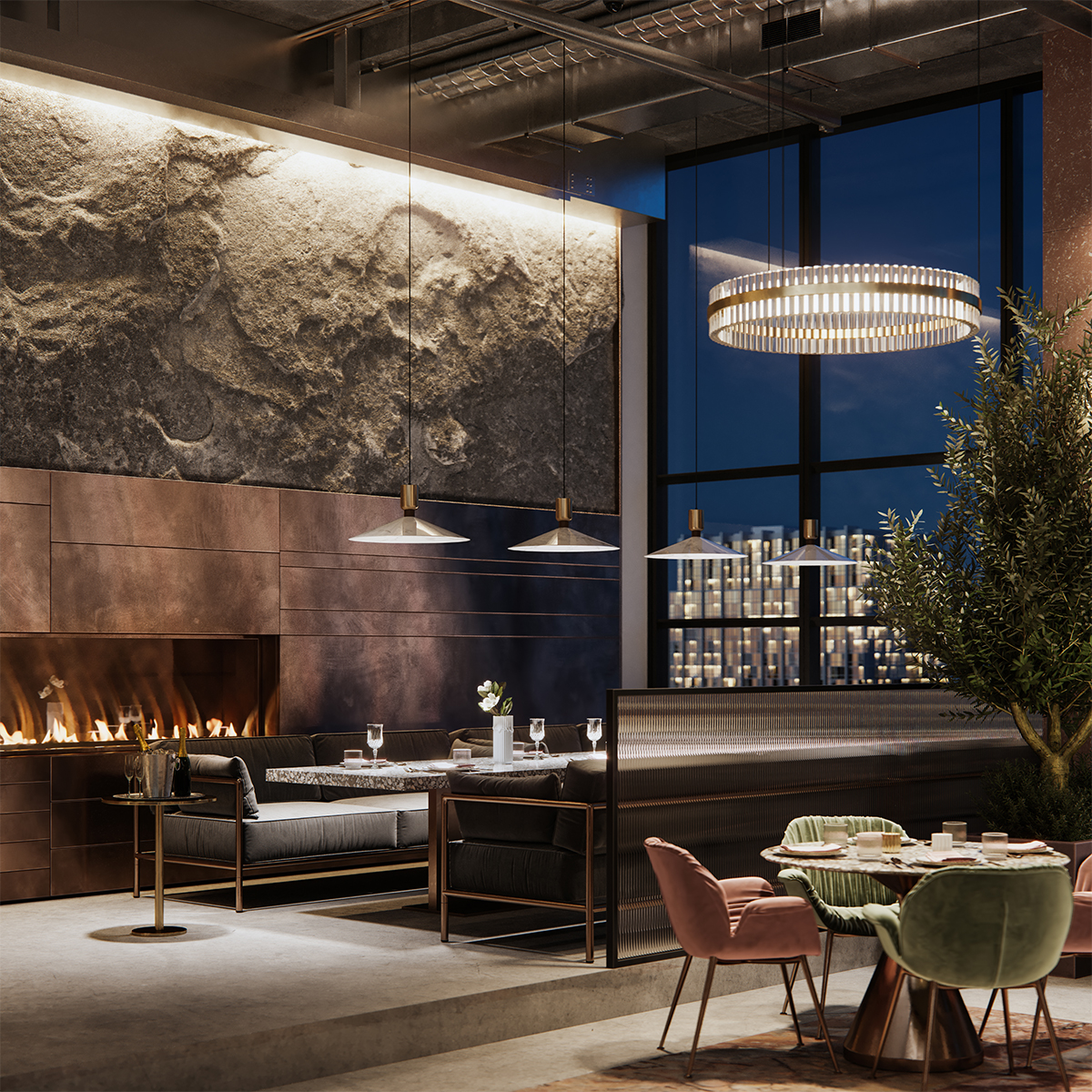
Chandeliers are showpieces of decorative sentiment and timeless elegance. They are most often found in dining rooms but can add a glamorous touch to bedrooms, living rooms, and foyers. These hanging decorative sculptures can be a fascinating focal point of the room even when they are not turned on. Crystal chandeliers work to create an alluring sense of visual dimension. Their memorizing sparkles invite a striking visual presence and impress anyone that sets eyes on the lighting fixture. Uplights with exposed lamps are a traditional design for dining rooms, but downlights with concealed light sources can work well for rooms with lower ceilings. With a signature aesthetic and a strong decorative flair, chandeliers do wonders to define residential spaces and add upscale charm to these spaces.
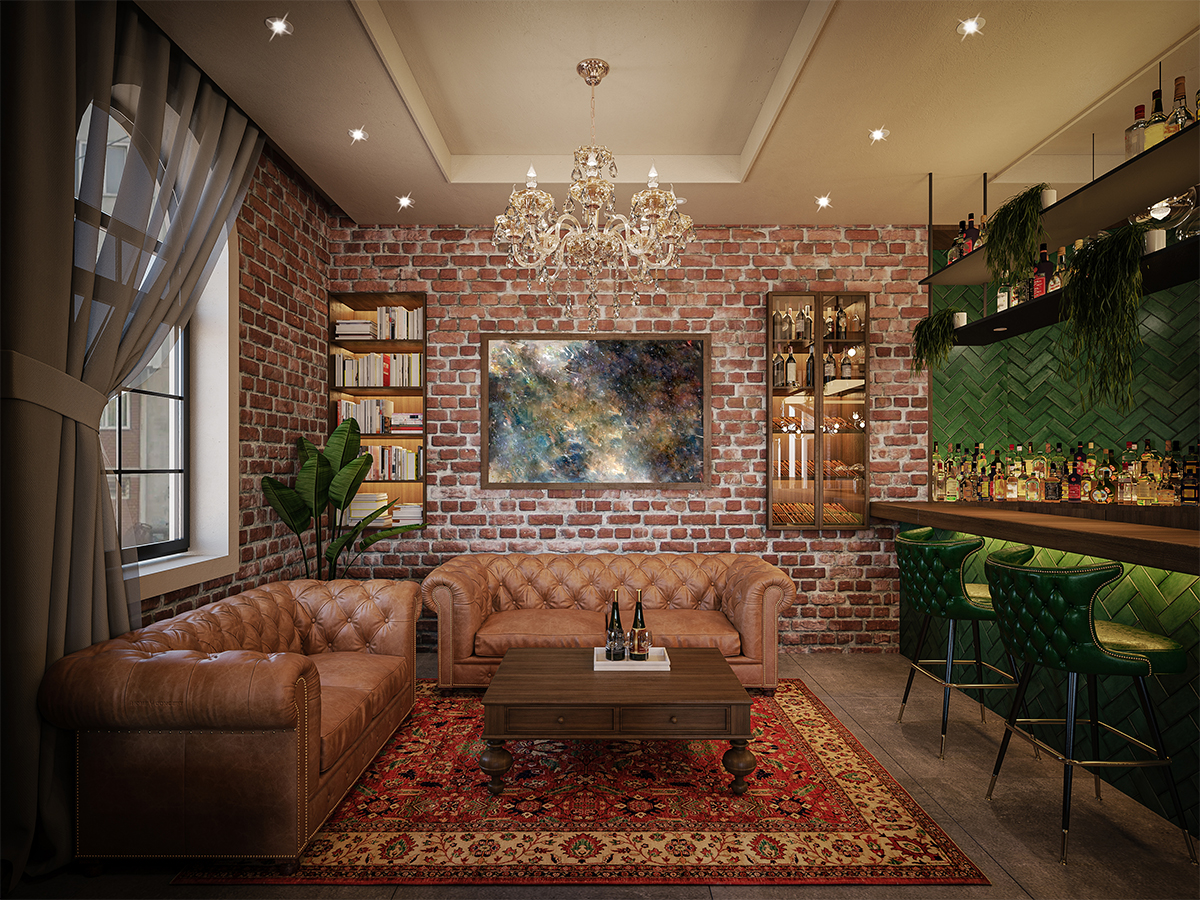
Recessed downlights are architecturally integrated luminaires with all electrical and optical components housed above the ceiling line and the opening of light exit aperture sitting almost flush to the ceiling line. A recessed downlight distributes light downwards or angled in a direct distribution pattern for general, task or accent lighting. The light source is deeply regressed to reduce discomfort glare. This architectural lighting solution is designed for installations where a clean ceiling line is desired. Residential applications typically use downlights with medium or small apertures (2, 4, or 6 inches). While recessed downlights blend seamlessly into the ceiling, decorative trims allow the luminaires to call attention to themselves. A mixed use of downlights and surface-mounted luminaires adds functionality and aesthetical appeal, making the room ambiance more enjoyable.
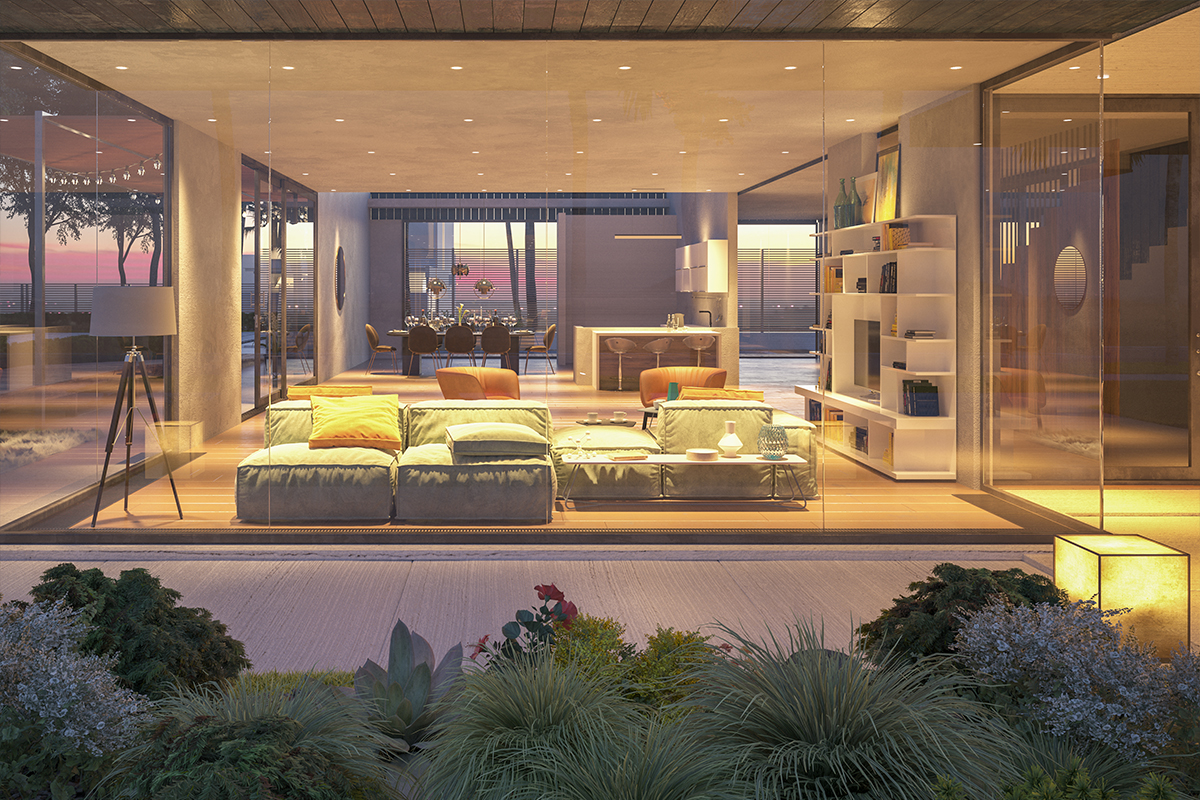
Track lighting systems address the need for adaptation and flexibility. They are used to provide flood or spot lighting that can be easily manipulated or adjusted to cast light in a desired direction. A track lighting system includes a track or rail for adjustably receiving a plurality of track lights (luminaires). Tracks provide structural support and electrical power distribution for the track mounted luminaires. Track lights may be mounted on rigid tracks and flexible tracks. Rigid tracks can be flush-mounted, stem-mounted, or recessed into the ceiling plane. Flexible tracks are semi-rigid metal strips held in an assembly that allows them to flex and conform to a desired shape. Tracks are available in single-circuit, two-circuit, and multiple-circuit configurations. They are generally made from extruded aluminum and contain PVC insulated copper wires to form a continuous electrical raceway.
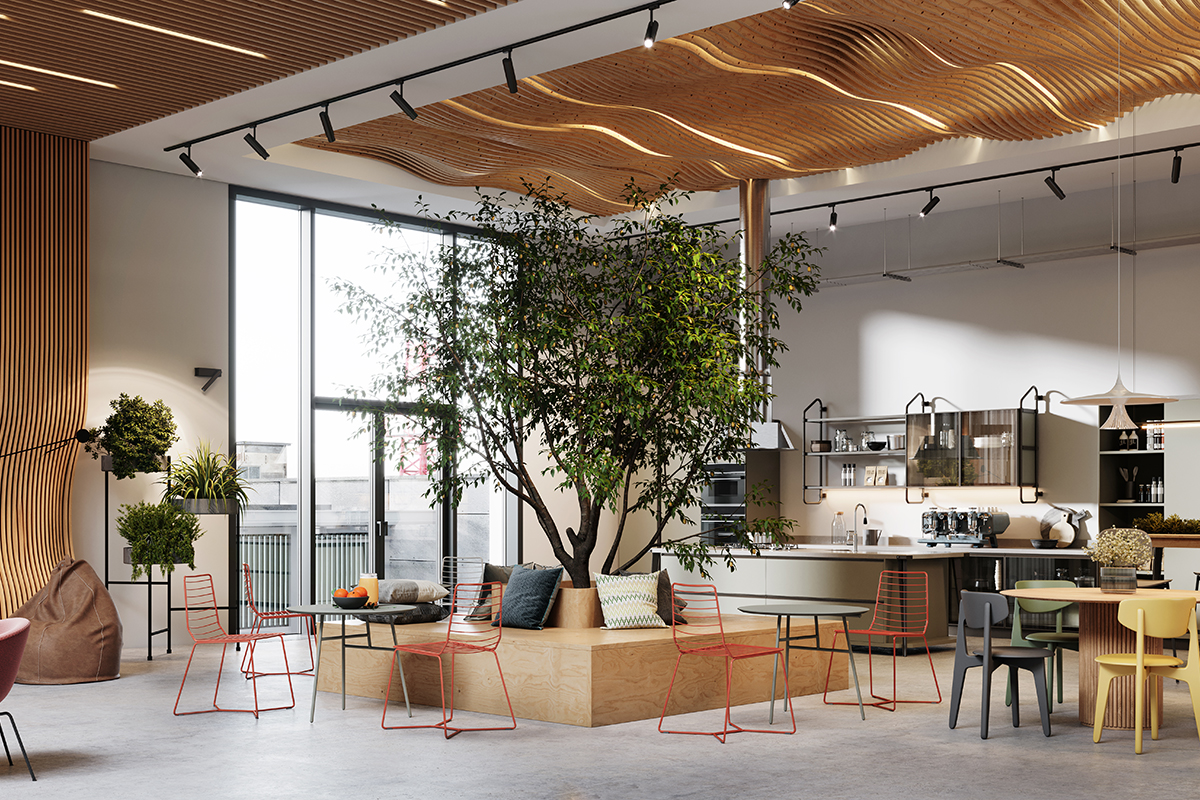
Wall-mounted fixtures serve a variety of purposes. They can be used to balance ambient lighting provided by ceiling-mounted fixtures and light up places, e.g. corners, stairwells and hallways, where overhead lighting doesn't reach or isn't an option. These fixtures can flank architectural features, such as fireplaces, mirrors, archways, and cabinetry, to become a decorative element or to provide task lighting. A wall light can also work as an accent piece to shine a light on artwork or to graze a textured surface. Whether decorative or functional, most wall sconces are installed at eye level or slightly above. The extent to which wall-mounted fixtures protrude from the wall is subject to the space characteristics as well as code restrictions such as the Americans with Disabilities Act (ADA), which limits the depth of fixtures to less than 4" from the wall when mounted at a height of less than 80" to the bottom of the luminaire. The eye-level spread of light must be diffused or softened to reduce glare. Wall sconces can direct light upwards or downwards, or a combination of them.
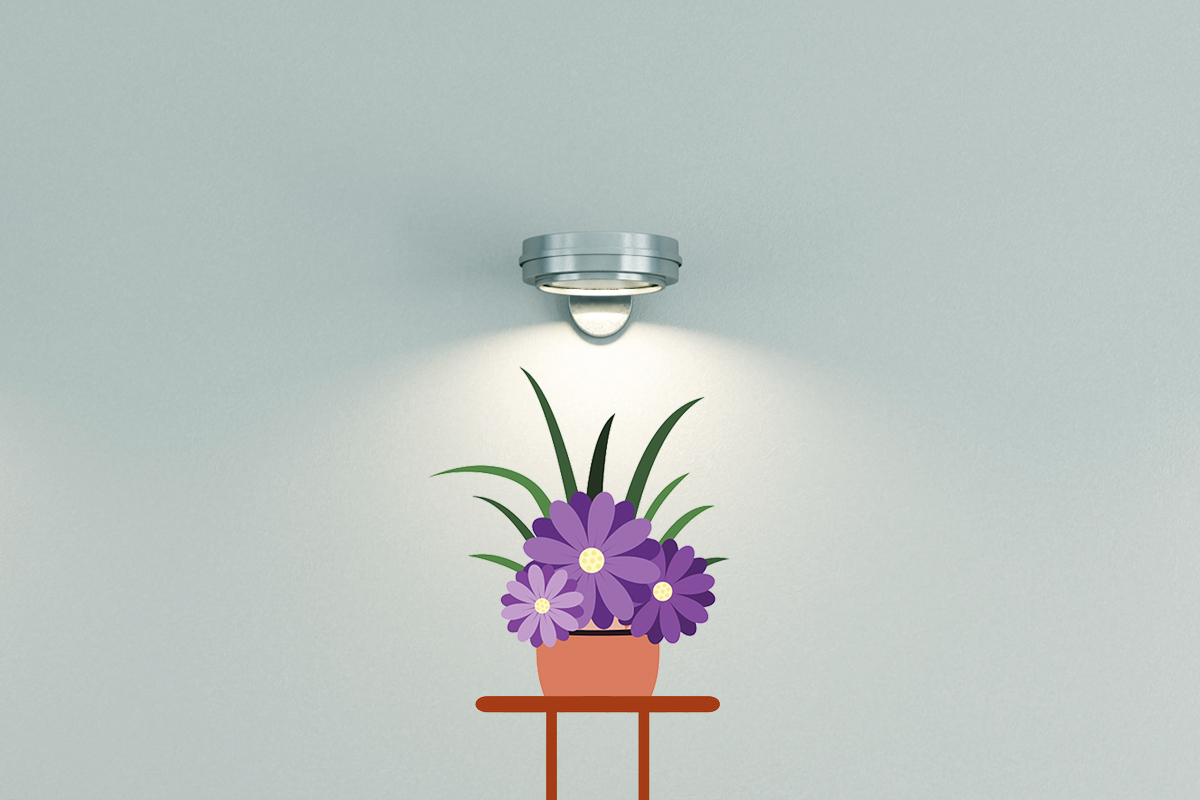
Table lamps fuse form and function to create an ambience, compelement decor themes, and mostly importantly, provide task lighting for activities such as reading, writing, and computer works. These portable luminaires are chosen for their decorative suitability, the amount and quality of light they deliver to the task area, and the ambience they contribute to the general room illumination. Often placed on bedside tables, consoles, accent tables, coffee tables and nightstands, table lamps must either have a design that matches a decorating theme, or its individuality alone can serve as a conversation piece. Such luminaires should distribute light uniformly over the task area and be properly positioned to the task and the user's eyes. The lamp shades should have good diffusing and suitable transmittance qualities, which can prevent visual discomfort and adpatation difficulties due to excessively high luminance contrast between the task and immediately surroundings.
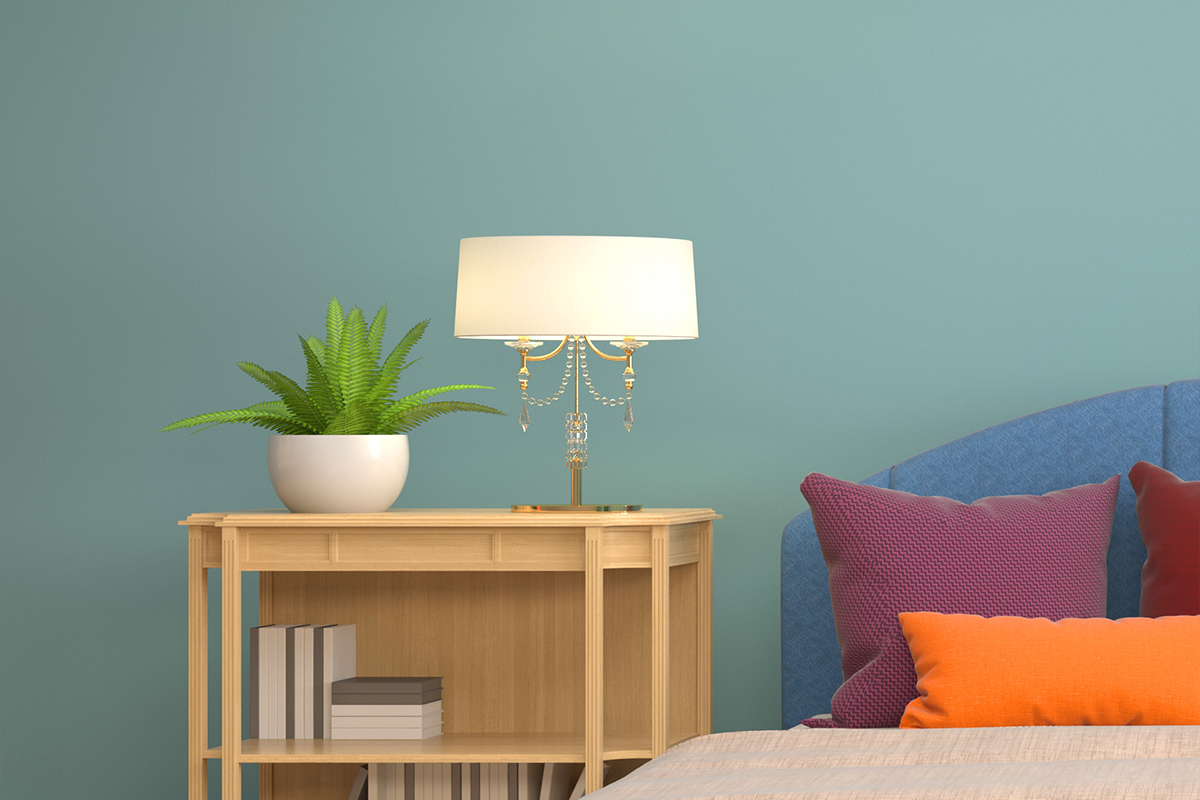
Floor lamps elevate the light source above ground to a height in scale with the visual requirement. In addition to providing task light, they spread light generously with considerable general illumination. Most floor lamps are just taller versions of table lamps, but they add vertical emphasis to a room and thus more effectively contribute to a balanced scheme of layered lighting. Floor lamps are only useful when can either complement the existing interior design style, or they may help give the room furnishings an organic twist. Common types of floor lamps include arc floor lamps, club lamps, tree lamps, pharmacy floor lamps, tiffany lamps, and torchieres.
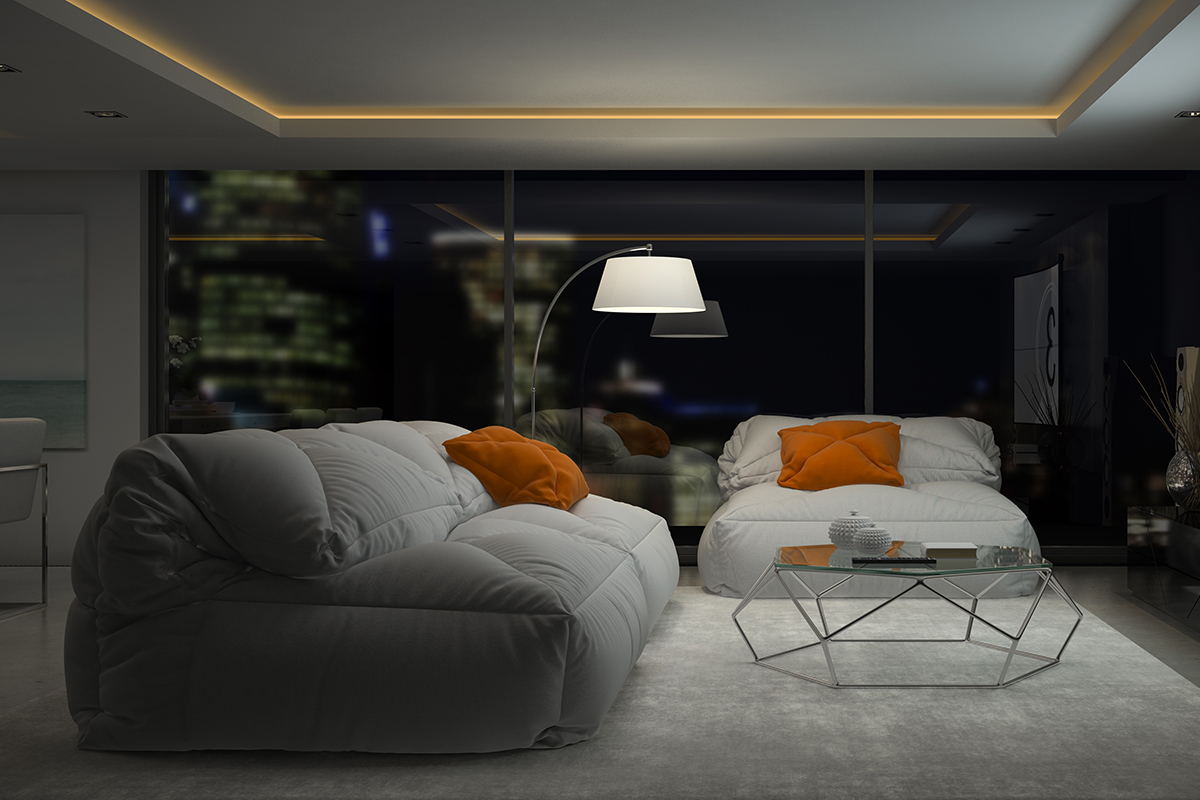
Under-cabinet lights are typically installed on the underside of a cabinet, shelf, or similar surface in order to provide localized task or accent lighting. Cabinets and shelves create dark cavities that can affect task performance and detract from the aesthetics of a room. Under-cabinet lights illuminate the horizontal task surface or create visual interest while concealing the light source out of line of sight to avoid glare. Under-cabinet lights designed for task lighting fall into two different categories: linear or puck lights. Linear under-cabinet lights consist of low profile, rectangular metal housings that contain modules or strips of LEDs. Puck lights are round, small luminaires that resemble a hockey ouck in size and shape. Under-cabinet lights for accent lighting are typically slim linear lights that stretch the entire length of a cabinet and can be custom-cut to the application.
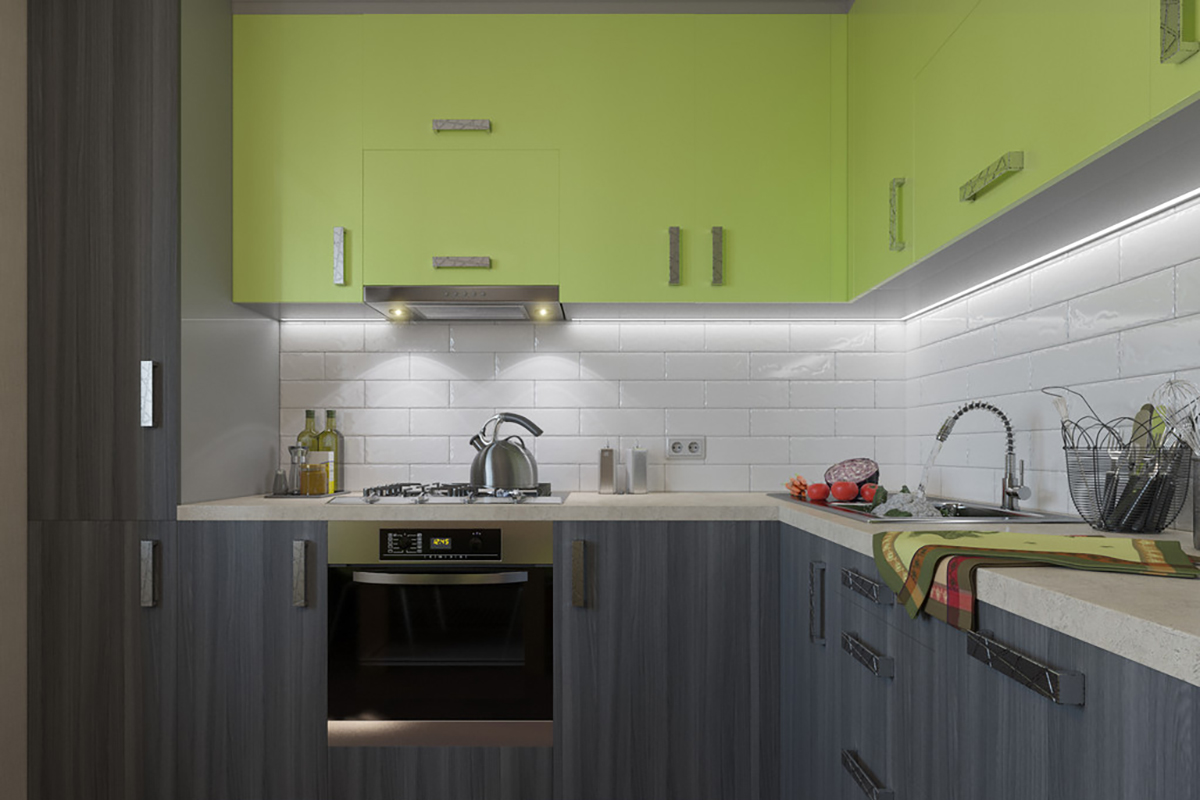
Luminaire System Classifications
Overhead light fixtures that provide ambient or general lighting are classified by the International Commission on Illumination (CIE) in accordance with the percentages of total luminaire output emitted above and below horizontal.Direct lighting systems distribute 90% to 100% of the emitted light in the general direction of the surface to be illuminated. Luminaires classified as direct lighting systems are usually recessed downlights that are equipped with an efficient optical design for maximum performance. Direct glare and excessive luminance ratios are possible with this type of light distribution, especially when narrow beam angle luminaires are used to produce a high degree of modelling.
Indirect lighting systems direct 90% to 100% of the emitted light towards the ceiling surface where the light is reflected to all part of a space. These light fixture produce minimum glare and veiling reflections because the emitted light is thoroughly diffused. In order to make good use of indirect lighting, it is essential that the ceiling has a matte, neutral-color, high reflectance surface finish. The light fixture should be suspended a sufficient distance from the ceiling to prevent excessive ceiling brightness or uneven luminance.
Semi-direct lighting systems distribute 60% to 90% of the emitted light downward, while the balance is directed upward to illuminate the ceiling. This distribution pattern increases diffusion and reduces the luminance ratio between the light fixture and the ceiling.
General diffuse lighting systems distribute light nearly equally in all directions. They're typically used for ambient lighting applications where illuminance requirements are moderate. Light fixtures of this type should not be used for general lighting applications where high illuminances are required. This is because these systems have a poor application efficiency and may create veiling reflections on video monitors and other vertical, specular surfaces.
Direct-indirect lighting systems distribute light downward and upward in roughly an equal percentage and produce little light in directions near the horizontal to minimize direct glare. The larger part of the task illumination is provided the downward directed light. The upward light may be useful in high-ceiling applications to eliminate the cave effect and enhance the perception of brightness within a space.
Semi-indirect lighting systems distribute 60% to 90% of the emitted light upward and the balance downward. These light fixtures use the ceiling to reflect and redistribute most of the emitted light. Same considerations noted for indirect lighting should be observed as well.
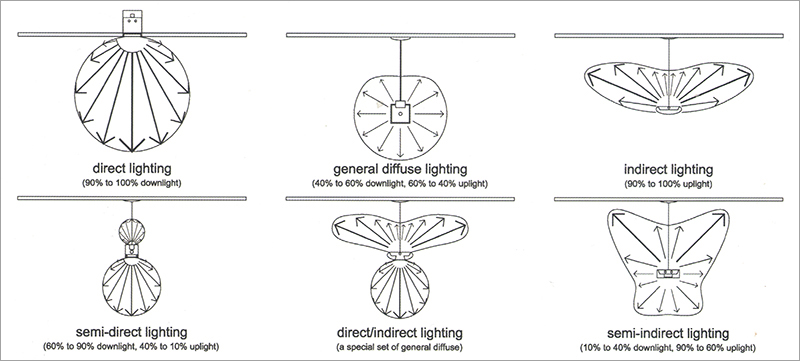
Lighting Technology
The light quality, photometric design, operational life, form factor and cost of ownership of a light fixture is fundamentally dependent on the technology that it uses to generate electromagnetic radiation within the visible spectrum. As the original electric light source, incandescent lamps had been a staple in household lighting. The incandescents and their enhancements—tungsten-halogen lamps—produce light by heating a filament to incandescence. The ongoing popularity of incandescent and halogen lamps is rooted in their low initial cost, high color rendering, warm color temperature, low flicker, and easy dimming. The major drawbacks to incandescent technology are inefficiency, high infrared output, fragility, and short service life. High energy use per lumen caused incandescent and halogen lamps to be passed over in favor of light sources offering higher luminous efficacies.Fluorescent lighting technology was developed as an energy-efficient alternative to incandescent technology. A fluorescent lamp is a low pressure gas discharge lamp which emits light when a sufficient voltage applied between electrodes excites a gaseous medium to produce ultraviolet (UV) light. The phosphor coating inside the fluorescent tube converts the UV radiation into visible optical radiation through fluorescence. Fluorescent lamps are driven by a ballast, which generates a high voltage to get the arc started. The ballast for a fluorescent lamp also acts as a current-limiting device that provides current regulation during operation. There are three types of fluorescent lamps: linear fluorescent, compact fluorescent (CFL), and circular fluorescent lamps. Fluorescent lamps offer a luminous efficacy that is typically 3 to 5 times that of incandescent lamps. A fluorescent lamp has a lifetime in the range of 6,000 to 15,000 hours, while an incandescent light bulb lasts only 1,000 hours.
Notwithstanding their lifespan and efficacy advantages over incandescent lighting, fluorescent lighting is probably the most notorious technology in the history of electric lighting. Most people are unaware that the advent of fluorescent lighting marks a turning point in the quality of light produced by electric lighting systems. Fluorescent lamps provide a visible spectrum that is deficient in key wavelengths important to our accurate perception of colors. Ever since fluorescent lighting was introduced in residences, there have been complaints about flicker-induced headaches, eye strain and discomfort. And what's truly scary is that blindly chasing after high efficacy operation causes the excessively high color temperature in the 6,000 K - 6,500 K range to become the mainstream color choice for residential lighting in many markets. As mentioned above, high CCT light contains a large percentage of short wavelength blue light that can acutely suppress the evening and nighttime release of the sleep-promoting hormone melatonin, and this will lead to a disrupted circadian rhythm. When it comes to health, fluorescent lighting is simply a disaster. Yet what is worse is that the latest lighting technology follows suit with regards to the standards for evaluating the quality of light.
The development of solid state lighting based on light emitting diode (LED) technology revolutionized artificial lighting. It is an irresistible trend to migrate to LED lighting in virtually all sectors. Compared with legacy technologies, LEDs offer a number of advantages which include high luminous efficacy, long life, no UV and IR emissions, high resistance to shock and vibration, compact form factor, excellent controllability of light output, high spectral versatility, directional radiation, and reduced potential for safety risks such as burns and fires. These advantages are derived from LED's unique emission mechanism of accomplishing electroluminescence and photoluminescence within a solid state package. An LED is a semiconductor device that comprises an LED chip disposed within a package. The LED chip is a forward biased p-n junction formed by oppositely doped InGaN epitaxial layers. When current flows through the junction upon applying the electrical potential (voltage), electrons from the n-doped semiconductor layer and holes from the semiconductor layer recombine with each other in an active region and release energy in the form of photons (packets of light). The narrow-band emission from the LED chip is then partially or completely down-converted by a phosphor to produce white light.
How Do LED Lighting Systems Work
The design and engineering of an LED lighting system are a multidimensional work which calls for thorough considerations on optical control, thermal management and the electrical specifications. A typical LED lighting systems consist of an LED module (or multiple LED modules), secondary optics, an LED driver, and a housing which also serves as the heat sink. An LED module is an assembly of LED packages which are typically mounted on a metal core printed circuit board (MCPCB). Mid-power LEDs are solder mounted on the circuit board in a series string or in a mix of parallel and series. The LEDs are operated by a driver that is either co-located in the housing or remotely mounted. Most LED luminaires are highly engineered systems, their optics and housing are integrated with the light source for high efficiency optical control and heat dissipation.LEDs are current-driven semiconductor devices. The intensity of their light output is proportional to the forward current flowing through the junction. In order for LEDs to deliver consistent light output, a direct current (DC) supply of electricity having a constant current level is required to drive the LEDs. Therefore, the mains power generated and distributed in alternating current (AC) form must be rectified and regulated before coming into use. A driver is an electronic circuit which regulates the power to a single module or multiple LED modules within a light fixture. The driver is configured to provide constant current output regardless variations in the supply voltage and LED forward voltage as well. LED forward voltage is directly affected by junction temperature which rises due to LED power dissipation within the semiconductor package. In addition to current regulation, an LED driver may be designed to execute many sub-tasks including dimming, interacting with the environment via sensors or cloud-based task automation platforms, communicating with mobile terminals, and a variety of protection features (overcurrent, short circuit, overvoltage and over-temperature protections).
Since LEDs dissipate more than half of electrical power as heat, thermal management becomes a key engineering challenge that has to be addressed in order to achieve the reliability expected from LED lighting. Continuous operation at elevated junction temperatures accelerates the degradation process of the chip, phosphor and packaging materials. This will result in efficiency degradation, color shift, and thus shortened useful life of LEDs. When designing an LED lighting system, the thermal transfer path from the LED junction to the ambient environment must be adequately dimensioned. The thermal resistance of the components along the thermal path must be minimized to ensure efficient heat dissipation. An MCPCB has an epoxy dielectric layer sandwiched between a copper layer and an aluminum substrate. This configuration ensures heat generated by LEDs can be effectively dissipated through the circuit board, while the dielectric layer with high insulation resistance functions as an electrical barrier during hipot test. The most influential component along the thermal path is the heat sink. A heat sink conducts heat away from the LED board mounted to its surface and then dissipates that thermal energy into the surrounding ambient air. The heat sink is constructed from a thermally conductive material, most often aluminum, and has a large surface area to convect heat to ambient. The LED board can be attached directly onto the heat sink, or mounted to the heat sink via a thermal interface material (TIM) which is designed to maximize the heat flow from the MCPCB to the heat sink.
Optical design plays an unprecedentedly important role in the era of LED lighting. LEDs create hot spots of highly concentrated light that can produce glare and detract from the visual appeal of a fixture. As such, one of the top priorities of optical design is to mitigate glare. Glare control is simultaneously achieved with the creation of desired light patterns. A good optical design accomplishes its optical control at minimal optical loss. Control of luminous flux from LEDs is achieved with devices such as diffusers, lenses, reflectors, refractors, light guides, lamp shades, and louvers. The type of optics used on a lighting system depends on the application. Light fixtures designed for the ambient layer place the emphasis on visual comfort and uniform light distribution. These systems typically use opal or prismatic diffusers to soften the harshness of LED light and uniformly distribute light. Light guides are used edge-lit systems which produce a completely homogeneous light distribution and soft illumination. Directional lighting systems designed for the accent layer generally use reflectors and/or TIR optics to deliver precise light patterns or create contrast with spot or flood beams. In residential environments, brightness at a moderately high and with properly controlled sizes of luminance is utilized to create sparkle and brilliance. When artfully integrated in a lighting design, sparkle and brilliance can ignite the spirit of the space and express pleasure and excitement.

What Is a Good LED Light Fixture
Selection of LED light fixtures may be based on many variables such as appearance, performance, functionally, lifespan, maintainability, and economics. The key to product selection is an understanding of the science of LED lighting and the various factors that apply to each specific application. Consumers generally focus on the look or style of the light fixture and its impact on the overall look and feel of a space. Seldom is deliberate consideration given to the quality of light, luminaire performance, output stability, and system reliability. Poor consumer awareness is harvested by the lighting industry, which leads to the proliferation of products that have poor light quality and shorter-than-expected useful life.Among all lighting products that capitalize on LED technology, residential light fixtures are typically made from the lowest cost components. They often come with barebones driver circuits, under-designed heat sinks, and crappy light sources. And what's more ridiculous is that energy codes and many regulatory requirements just look at the efficacy, they are ignoring the fact that LED lighting systems are essentially electronic products and have significantly increased complexity over conventional lighting products. An LED system that fails shortly due to poor electrical design or thermal management is not a sustainable product, even if it has a high initial efficacy. An LED system that produces poor quality light not only affects visual sensation and task performance, but may also lead to health problems. A low up-front cost does not necessarily translate to a low total cost of ownership because it's achieved at the expense of compromised system reliability.
While manufacturers of entry-level products deliberately sacrifice quality, reliability and even electrical safety, designers of high end light fixtures seem locked in the old ways of thinking. They indulge in shapes and extrinsic aesthetics of light fixtures, while giving less consideration to the performance of heat sinks which are a critical part of the design of LED systems. As with entry-level products, some key specifications of light quality such as the flicker parameter, color stability and rendering performance of saturated colors are barely taken seriously. They do this unintentionally because in their eyes LEDs are as simple as incandescent lamps. Aside from the intrinsic qualities and performance, the light quality, lumen maintenance and useful life of LED packages are determined by their operating conditions. In residential interiors, the operating condition of LEDs is primarily affected by two interactive factors — junction temperature and drive current. The complexity of designing an LED fixture goes far beyond traditional luminaire design.
The main technical considerations that should be examined when selecting a light fixture for residential lighting include:
Driver reliability
In real world applications most premature failures of light fixtures originate from the driver. Lighting manufacturers usually put their most effort into squeezing the cost of LED drivers. As a result, driver reliability in many cheap products is not even as robust as it was for earlier generations of traditional lighting, and the driver is the first component of an LED light fixture to fail. This is because the components that resist power surges and other electrical abnormalities are not present in the driver circuits or do not function well.Electrical safety
The LED driver is also the risk source of electric shock hazards. Extreme precaution should be exercised over dirt cheap integrated LEDs systems that have no product safety certifications or approvals from accredited third-party certification bodies such as UL, ETL, CSA, and TUV. LED systems require a metal housing to dissipate heat. When the output circuit is not galvanically isolated from the mains, and dielectric strength of the basic insulation between the LEDs and the heat sink is not sufficiently strong, touching the metal housing of an LED luminaire may result in a life-threatening electric shock.Light flicker
Lighting manufacturers seldom report flicker characteristics because flicker metrics and criteria for different applications are not yet firmly established. The lack of standards leads to the compromise of flicker control during the design of LED drivers. Flicker of the LED occurs when the DC current fed to the LED has large ripples. Most LED drivers that operate residential LED systems come in a single-stage configuration. Single-stage drivers have 20-50% less parts count, size and cost when compared with two-stage LED drivers. Single-stage power conversion, however, often generates large residual ripple at twice the line frequency due to incomplete suppression of the alternating waveform after rectification. The IES has established two metrics for evaluating flicker: percent flicker and flicker index. 4 percent flicker or less at 120 Hz is considered extremely safe for all populations, and 10 percent flicker or less is considered safe for all but the populations that are neurologically sensitive to flicker. It isn’t uncommon for LED light fixtures to generate 30 percent flicker or higher at 120 Hz. People who suffer from headaches or photosensitive epileptic seizures should stay away from exposure to light with such high flicker.Dimming performance
To provide variable light output LEDs should preferably be operated by constant-current LED drivers that support constant current reduction (CCR) or pulse-width modulation (PWM) dimming. The CCR or PWM approach allows smooth, full range dimming and enables the luminaire to interact with sensors and controls through a variety of protocols, including 0-10V, DALI, and ZigBee. However, light fixtures in residential settings are often wired to wall-box phase-cut dimmers. Phase cut dimmers, e.g. forward-phase (TRIAC) and reverse-phase (ELV) dimmers, are regulated to drive resistive and inductive loads. In contrast, LED drivers present a reactive load to the dimmer. Therefore, LED drivers that operate residential light fixtures must be engineered and tested to guarantee compatibility with phase-cut dimmers to be wired to. Incompatibilities between phase-cut dimmers and LED drivers may cause LEDs to generate flicker, shimmer, drop-out, pop-on, dead travel, or buzzing.Heat sink
The thermal transfer rate (conduction and convection) of a heat sink must outpace the rate at which thermal energy is introduced to the junction. However, the design of the heat sink for residential applications is often limited by the budget or the shape and geometry of the LED fixture. Residential LED systems typically have 10,000 to 30,000 hours of operation life, which is much shorter than the lifespan of industrial and outdoor LED luminaires. The short lifespan of residential LED products is largely a consequence of inadequate thermal management. The light output of LEDs drops gradually even when they are undergoing a degradation process accelerated by excessively high junction temperatures. This makes it easy for manufacturers to trick consumers.Color rendering
The ability of a light fixture to produce light that accurately reproduces colors in illuminated objects is one of the key metrics of light quality. Faithful color reproduction is important for bringing out the beauty of home decor and creating a visually pleasant environment. The color rendering performance is currently measured using the color rendering index (CRI), although it's a flawed metric (the metric Ra is based on just 8 spectral reflectance and excludes the value of six saturated colors: red, yellow, green, and blue, complexion, and leaf green). With a CRI of 97, incandescent and halogen lamps are recognized as having superior spectral quality and the ability to accurately render colors. With the introduction of fluorescent lamps, the typical CRI of residential lighting suddenly dropped to 80 and the spectrum is incapable of rendering saturated colors. LED lighting for residential applications has inherited the color rendition criterion established in the era of fluorescent lighting. Despite the convenience of tailoring spectral power distribution (SPD) of LEDs for high color rendering performance, most LED light fixtures sacrifice their color quality for a high luminous efficacy. Quality lighting should not be a luxury. It's perfectly normal and absolutely affordable for residential lighting to deliver high color rendition. In order for a space to have a pleasant feel and for colors to appear natural, the light source should have a 90 CRI and a minimum R9 (saturated red) value of 25.Color temperature
The critical importance of selecting an appropriate correlated color temperature (CCT) for interior lighting is often overlooked. The color of light can have dramatically effects on how a space is visually experienced by its users and most importantly, it can stimulate non-visual effects on human psychology and physiology, and ultimately impact health. For general consumers, their color temperature selection is driven by psychological concerns and personal preferences that are cultural, brightness- or climate-related. They seldom take into account the biological effect of light on synchronization of the circadian rhythm. Humans cannot afford to ignore the tie between light and human health. With this awareness in mind, stay away from nighttime exposure to cool white light (CCTs above 4,300 K) which otherwise would acutely suppress the natural release of melatonin, deprive you of a regenerative sleep, and disrupt circadian rhythms. Melatonin secretion starts to climb around 9 PM, peaks around 2 AM and terminates by 7 AM. Warm white light (2,700 K - 3,300 K) is the definite choice of a CCT for interior lighting as it contains a very low amount of blue wavelengths and thus produces the minimal suppressing effect on melatonin secretion.Efficacy Shouldn't Be an Excuse for Sacrificing the Quality of Light
The efficacy of lighting isn't a priority in residential applications. The running time of residential light fixtures is significantly shorter than that of commercial, industrial and outdoor light fixtures. Moreover, residential light fixtures consume much less electrical power than fixtures designed for commercial, industrial and outdoor applications. As such, the overall power consumption of residential interior lighting is trivial when compared with commercial, industrial and outdoor lighting. The excessive emphasis on energy efficiency in the residential sector is meaningless, and will only lead to the widespread use of poor color rendering and high CCT light sources. The production of a high CRI or low CCT light source involves down-converting a considerable amount of short wavelength light (blue emissions) to longer wavelength light. Due to increased Stokes losses and reduced eye sensitivity over long wavelength light, however, LEDs with a high CRI or a warm white cast do have lower efficacies. Even though, the luminous efficacies of these LEDs still far outperform legacy technologies.When people get home from work they deserve good lighting. In real life, the reverse seems to be happening. The combined forces of uneducated consumers, greedy manufacturers and apathetic regulatory bodies cause the residential lighting market to become a place to dump crappy LED products. When you can't afford to buy overpriced LED fixtures for ambient or task lighting from a high end brand or have difficulty to differentiate between "good" and "bad" in a jumbled-up market, a wise decision would be back to where electric lighting started — using incandescent and halogen lamps. Despite the poor energy efficiency and radiation of thermal energy, incandescent and other tungsten filament bulbs exhibit virtually no flicker, extremely good color rendition, and a warm ambience that is circadian friendly. You never have to worry about the quality of these thermal radiators because they are so simple in design!
Integrated LED Luminaires or Lamp-based LED luminaires
Integrated LED Luminaires refer to light fixtures that use LED packages as the light source. A systems approach is employed to maximize LED life, optical efficiency and light delivery accuracy. The performance of the luminaire is derived from the synergistic combination of all system components: the light source, heat sink (housing), driver, and optics. Lamp-based LED luminaires use LED light bulbs as the light source. The housing of the luminaire is essentially a lamp holder and the majority of the performance from the luminaire comes from the lamp. The LED bulbs themselves are self-contained lighting systems that are designed to emulate an existing lamp type and are very close in size and shape to their incandescent, halogen and fluorescent counterparts.Integrated LED Luminaires typically use the entire fixture housing as the heat sink. They are equipped with more robust driver circuitry and come with optics designed and optimized for specific applications. Lamp-based LED luminaires are usually bulky and inefficient in optical control. The fundamental concern of these luminaires is the poor quality and short life of LED bulbs. Manufacturers of LED bulbs, which have become commodity products, compete on cost rather than quality. At the same time, the form factor of light bulbs provides inadequate spaces to accommodate full-featured LED driver circuitry and limited surface area for heat dissipation. As a result, LED bulbs are pretty much synonymous with junks. They perform poorly in color reproduction, lumen maintenance, and color stability. LED bulbs may exhibit abnormally high flicker due to the use of low cost driver circuitry. Consequently, lamp-based LED luminaires are obviously not a good choice for residential use.




























